- Overview
- Anterior Cruciate Ligament (ACL) Clinic
- Shoulder Labral Clinic
- Apollo Clinical Team
Diagnosis
How our Doctors diagnose an ACL injury?
Clinical Examination
During your visit, our doctor will talk to you about your symptoms and medical history. During the clinical / physical examination, the doctor will check all the structures of your injured knee, and compare them to your non-injured knee. Most of the ligament injuries can be diagnosed with a thorough physical examination of the knee.
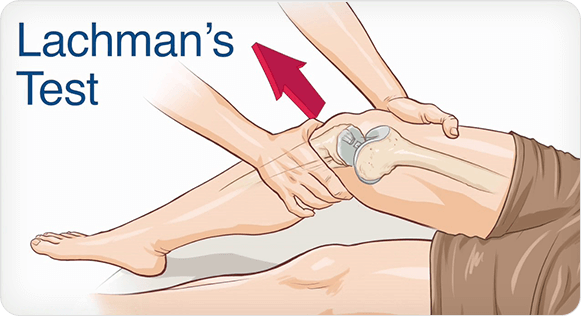
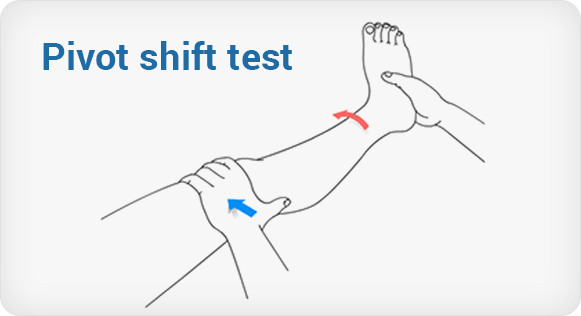
Imaging Tests
X-rays are required, to rule out the possibility of bone fracture. Although, X-rays don’t show any injury to the anterior cruciate ligament, but they can show whether the injury is associated with a broken bone or not. X-rays may also reveal Lipohemarthrosis. Segond fracture is an avulsion fracture of the knee that involves the lateral aspect of the tibial plateau and is very frequently associated with disruption of the anterior cruciate ligament (ACL).
LIPOHEMARTHROSIS
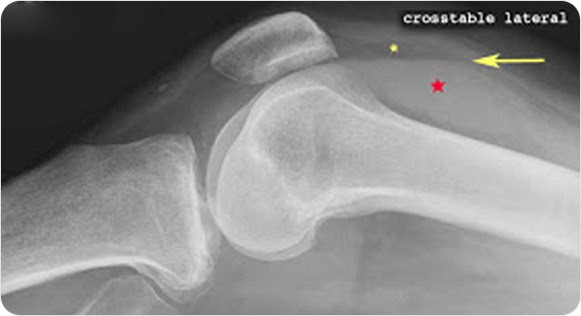
SEGOND FRACTURE
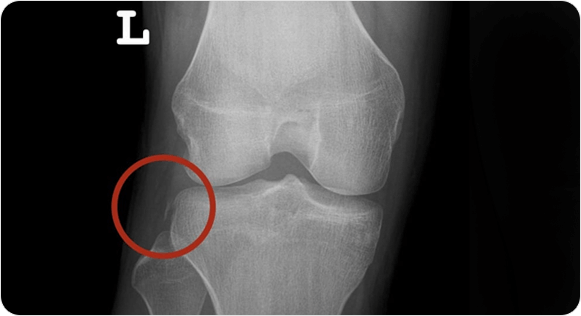
Magnetic Resonance Imaging (MRI) Scan
An MRI uses radio waves and a strong magnetic field to create images of both hard and soft tissues in your body. An MRI can show the extent of an ACL injury and signs of damage to other tissues in the knee, including the cartilage.
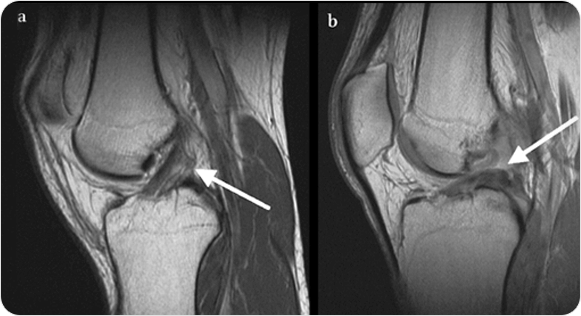
Long Term Complication of ACL Injury
Individuals who sustain ACL injury are at higher risk of developing osteoarthritis in the knee. Arthritis can occur even after undergoing surgery to reconstruct the ligament. Multiple factors influence the risk of arthritis, such as the severity of the original injury, the presence of related injuries in the knee joint or the level of activity after treatment.




